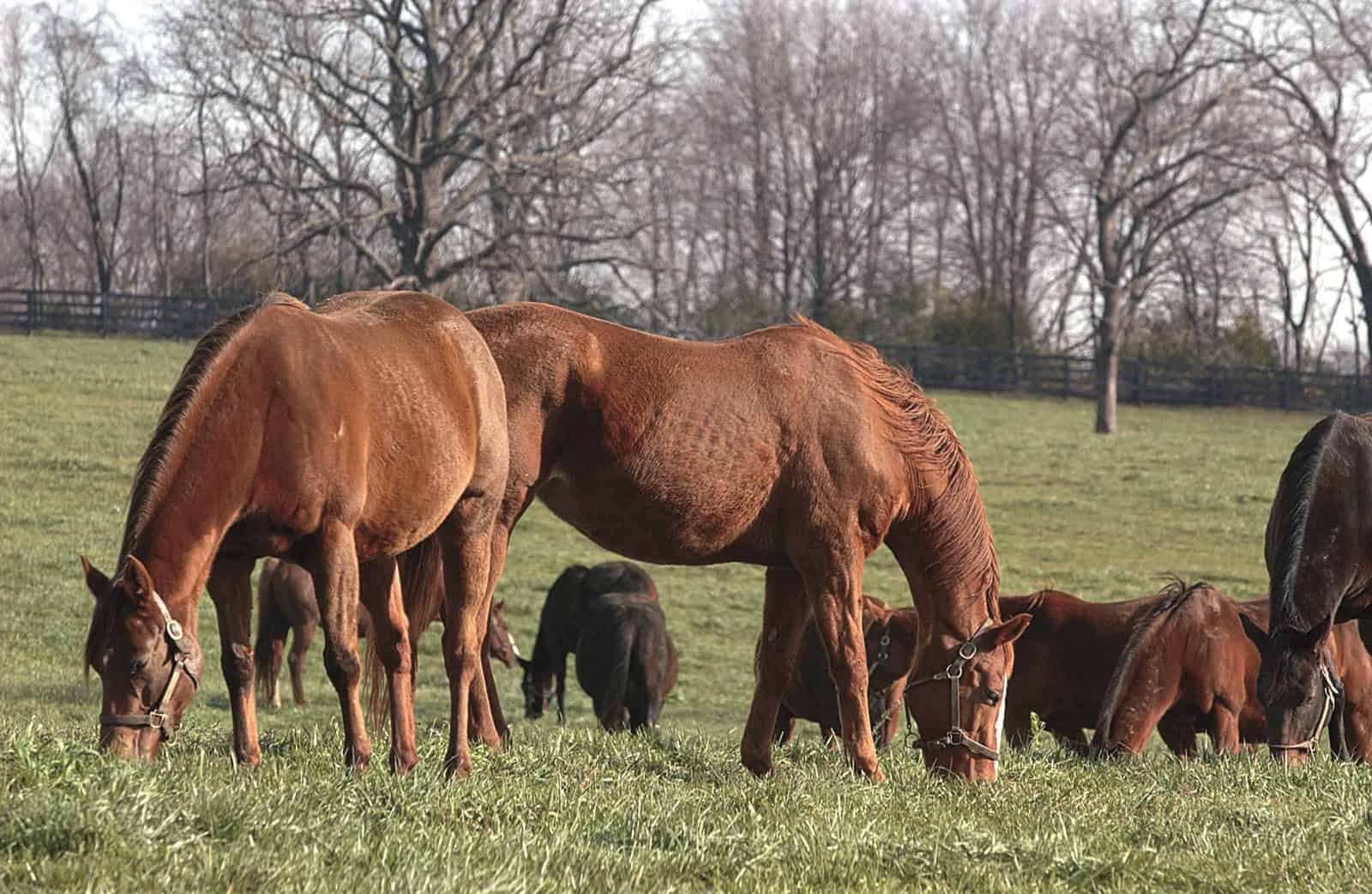Managing Pregnant Mares

Three hundred and forty-five days, give or take about 25. That’s approximately how long your mare will be pregnant. Mares are somewhat unique in the fact that even though their gestation period lasts the better part of a year, it’s only in the final three months of pregnancy that owners must treat them as “pregnant mares.”
“The foal really starts major growth in the last three months or so, the ‘last trimester,’ ” says Aime Johnson, DVM, Dipl. ACT, associate professor of theriogenology at Auburn University College of Veterinary Medicine, in Alabama.
Christine Aurich, DVM, PhD, Head of the Graf Lehndorff Institute for Equine Science, in Neustadt, Germany, agrees: “Up to eight months she’s mostly just another horse TheHorse.com is home to thousands of free articles about horse health care. In order to access some of our exclusive free content, you must be signed into TheHorse.com. Already have an account?Create a free account with TheHorse.com to view this content.
Start your free account today!
and continue reading.

Written by:
Christa Lesté-Lasserre, MA
Related Articles
Stay on top of the most recent Horse Health news with












